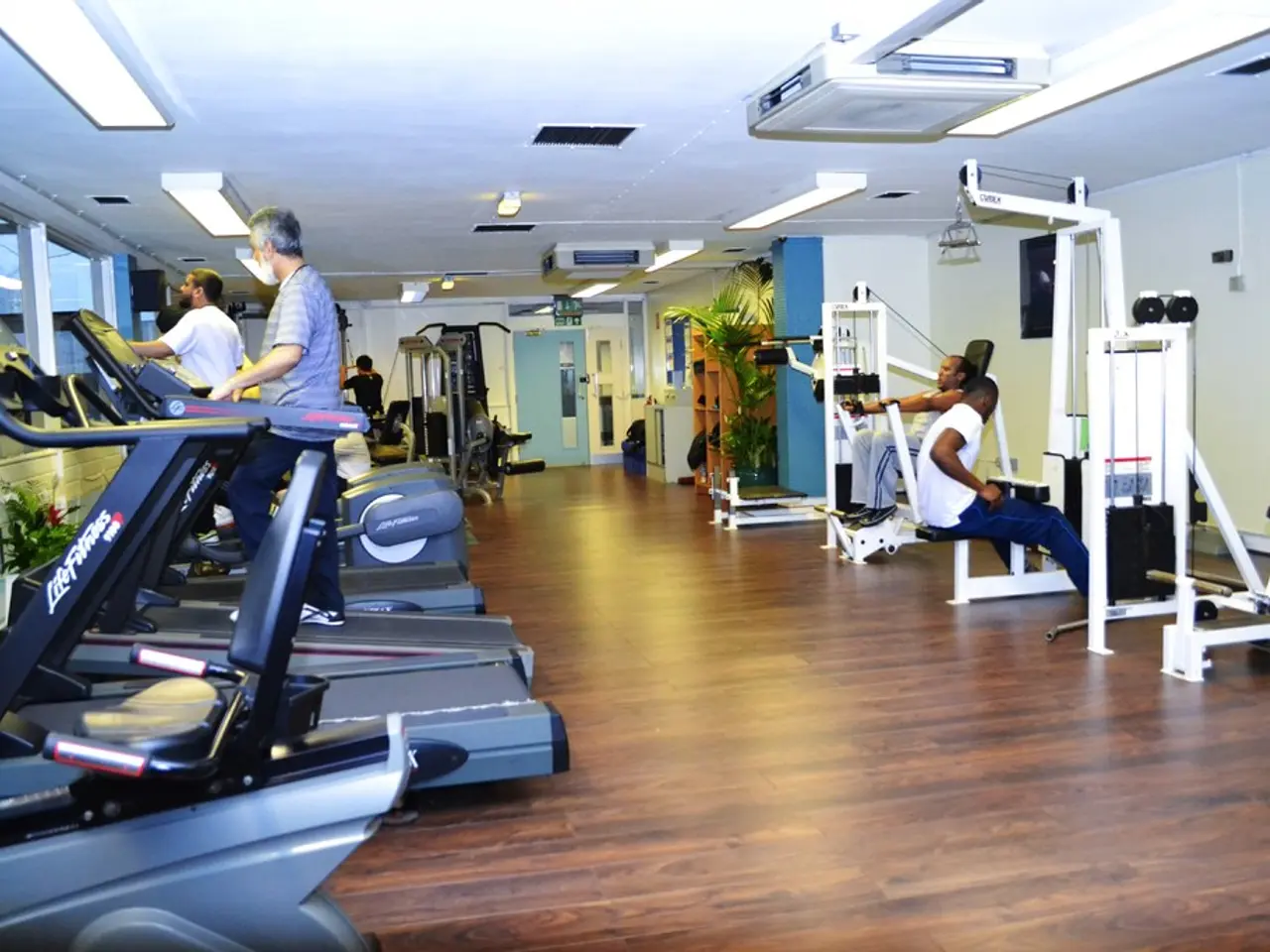Exploring Chi Gong: An Ancient Chinese Practice for Healing and Balance
Discover the Benefits of Chi Gong: A Traditional Chinese Practice for Mind and Body
Chi Gong, also known as Qigong, is an ancient practice dating back thousands of years that originated in China, intertwined with traditional Chinese medicine and Taoist philosophy. This holistic approach encompasses various styles and forms, each with unique focuses and techniques aimed at cultivating life energy (chi) for health, healing, and spiritual development.
Enhanced Circulation and Increased Strength
The gentle movements of Chi Gong promote blood flow, which can improve cardiovascular health and boost energy levels. Additionally, regular practice builds core strength and stability, essential for overall physical health.
Better Balance and Improved Flexibility
Chi Gong emphasizes balance and coordination, reducing the risk of falls, especially in older adults. Engaging in Chi Gong can lead to improved flexibility due to the slow, flowing movements.
Stress Reduction and Emotional Well-being
The meditative aspects of Chi Gong help lower cortisol levels, reducing stress and promoting relaxation. Chi Gong also encourages emotional awareness, helping individuals process feelings and maintain a balanced mood.
Mindfulness and Self-Awareness
Regular practice of Chi Gong encourages mindfulness and self-awareness, allowing individuals to process their emotions more effectively. Moreover, engaging in Chi Gong offers numerous benefits for both the body and mind, including improved flexibility, increased strength, better balance, stress reduction, mental clarity, enhanced energy levels, emotional well-being, healing, and recovery.
Fundamental Techniques and Simple Exercises
Fundamental Chi Gong techniques include standing meditation (Zhan Zhuang), the Eight Pieces of Brocade (Ba Duan Jin), and various breathing techniques. Simple exercises for beginners include deep, diaphragmatic breathing and standing meditation.
Diverse Styles and Focuses
Chi Gong encompasses various styles and forms, each with unique focuses and techniques. For example, Yi Jin Jing focuses on tendon and muscle transformation, while Wu Qin Xi imitates the movements and spirit of five animals. Liu Zi Jue uses controlled breathing with six distinct sounds to promote respiratory health, and Ba Duan Jin is a set of eight gentle, slow, elegant movements designed to promote overall health.
Holistic Healing and Internal Martial Arts Connections
Zhineng Qigong emphasizes self-awareness, emotional healing, and the power of intention, while tonic Qi Gong forms vary in postural focus and methods for rebuilding and cultivating vital energy. Internal martial arts such as Tai Chi, Bagua, and Xingyiquan share principles of energy cultivation and involve specific mechanics for moving chi through body movement and breath, complementing Chi Gong's energy work.
Chi Gong Kugeln and Wave Hands Like Clouds
Chi Gong Kugeln are small, weighted balls used in Chi Gong practice to improve coordination and strengthen grip. Wave Hands Like Clouds is a flowing movement in Chi Gong that involves shifting weight and moving arms in a circular motion.
A Path to Health, Balance, and Longevity
Incorporating Chi Gong into your routine can enhance your mental well-being and promote a more peaceful and balanced life. The term "Chi Gong" translates to "energy work" or "skill of energy," reflecting its focus on harnessing and enhancing the body's energy. By embracing this ancient practice, you embark on a journey towards health, balance, and longevity.
[1] Li, J., & Li, Y. (2012). Qigong: The Secret of Youth. Shambhala Publications. [2] Wang, D. (2013). Zhineng Qigong: The Power of Intention. North Atlantic Books. [3] Frantzis, S. (2014). The Six Healing Sounds. Inner Traditions. [4] Frantzis, S. (2008). The Art of Qigong. Inner Traditions. [5] Kleeman, A. (2009). The Complete Book of Tai Chi Chuan. Tuttle Publishing.
Chi Gong can help in personal growth and mindfulness as it encourages emotional awareness and self-awareness, allowing individuals to process feelings and maintain a balanced mood. This connects to education and self-development, providing a path to mental health and overall well-being.
The practice of mindfulness and self-awareness in Chi Gong can also contribute to stress reduction, providing health benefits that align with the health-and-wellness lifestyle.
Engaging in mindful exercises like Chi Gong can lead to a better understanding of one's inner energy, which is a fundamental aspect of both science (physical energy levels) and personal growth (spiritual development). This raises the question of whether Chi Gong can be seen as an effective tool for holistic education and self-development, bridging the gap between science, mental health, and personal growth.




